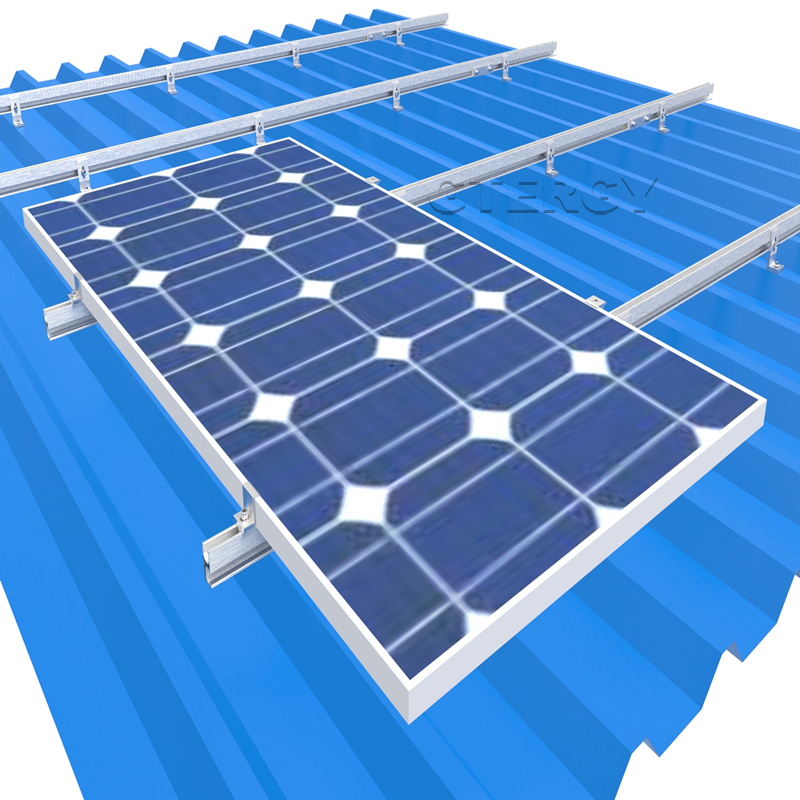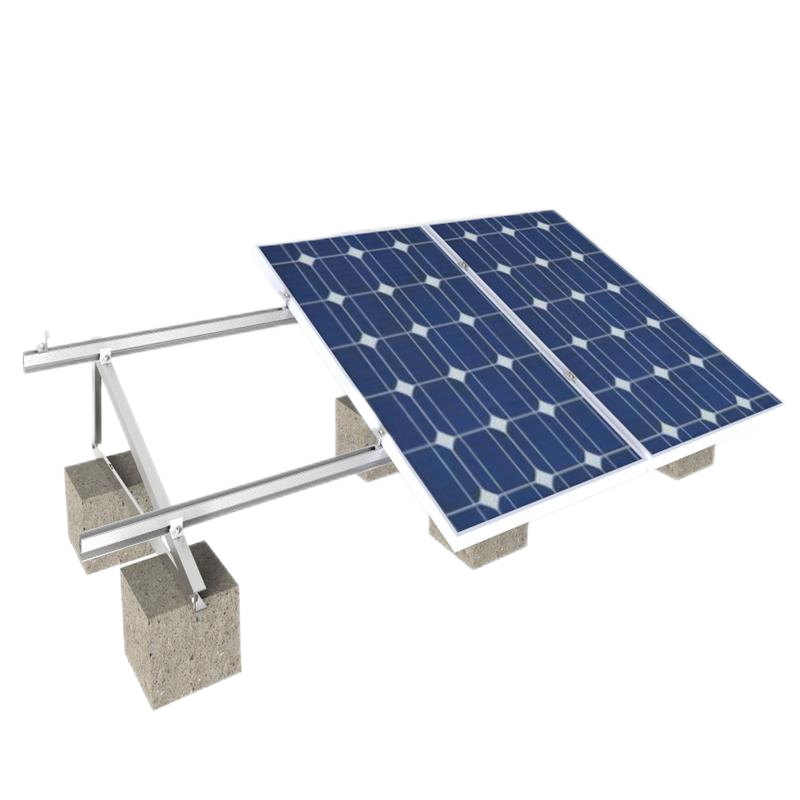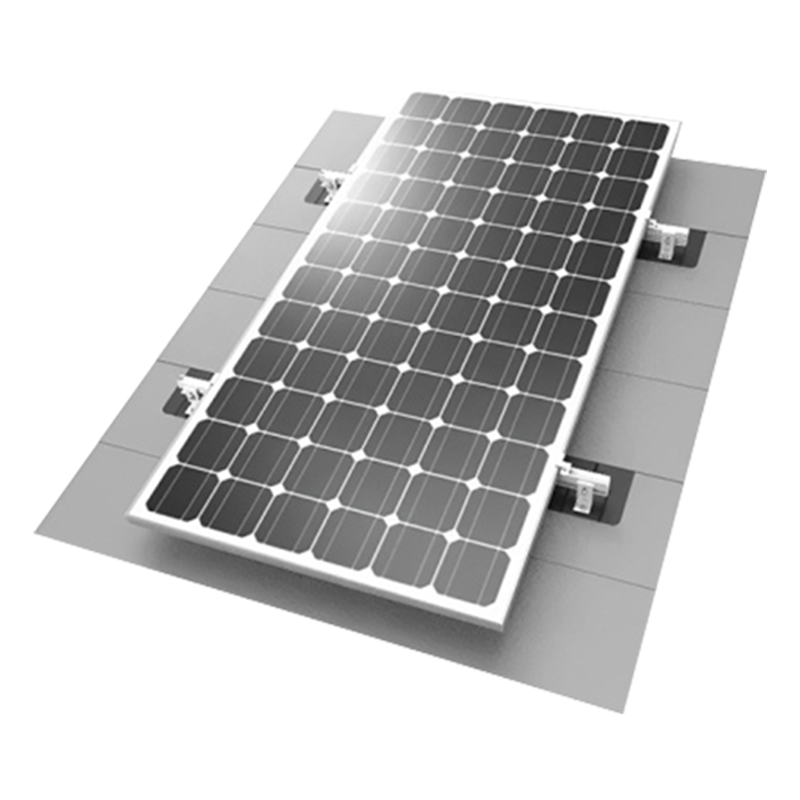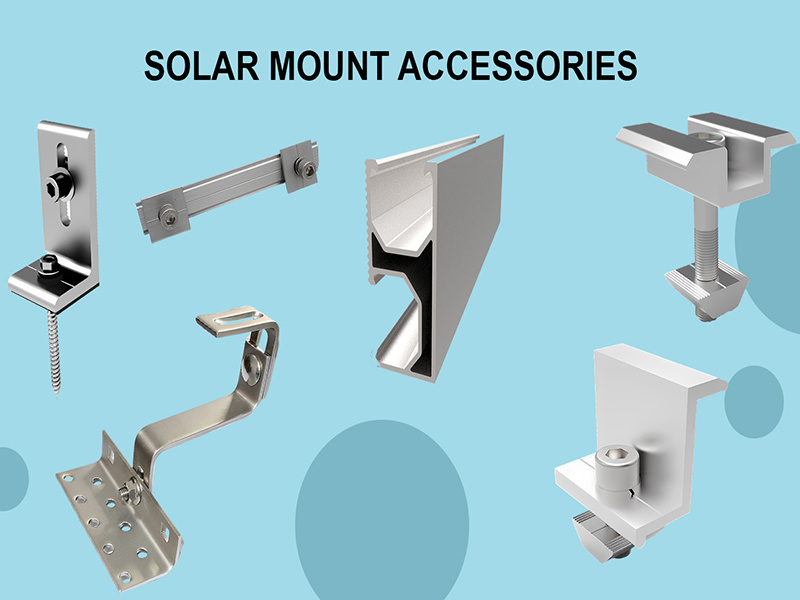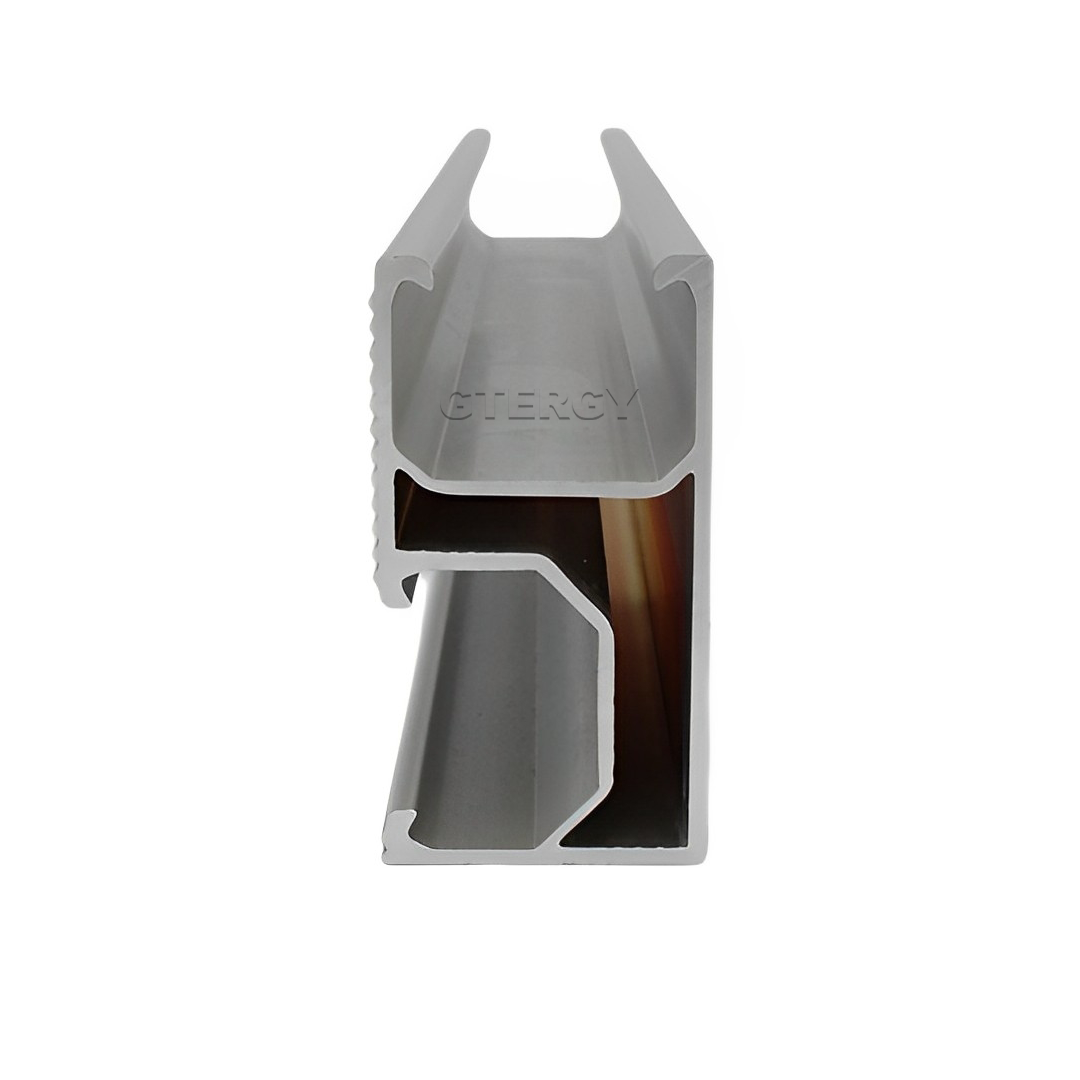How to Choose the Right PV Rail Mounting System for Your Project
2025-07-19
How to Choose the Right PV Rail Mounting System for Your Project
Understanding PV Rail Mounting Systems
Choosing the right PV rail mounting system is crucial for the success of any solar project. These systems provide the structural support necessary to hold solar panels in place, ensuring optimal energy generation while withstanding environmental stresses. With various options available, understanding the intricacies of these mounting systems will lead to better decision-making.
What is a PV Rail Mounting System?
A PV rail mounting system refers to the framework used to secure photovoltaic panels on roofs or ground installations. These systems are designed to support solar panels at specific angles, maximizing sunlight exposure and energy efficiency. They come in different configurations, materials, and installation processes, catering to diverse project requirements.
Why is Choosing the Right System Important?
Selecting the appropriate PV rail mounting system can significantly impact the long-term performance and durability of your solar energy solution. A well-chosen system reduces installation costs, minimizes maintenance while ensuring that the panels remain secure under various weather conditions.
Key Factors to Consider in Selecting a PV Rail Mounting System
Choosing the right PV rail mounting system requires a comprehensive evaluation of several critical factors. Each factor plays a vital role in ensuring that your solar installation functions effectively and efficiently.
1. Roof Type and Structure
The type of roof you have—whether flat, pitched, or a unique structure—determines the mounting system's compatibility and design. For flat roofs, a ballasted system may be suitable, while pitched roofs typically require traditional rail systems. Conducting a structural assessment will help determine how and where the mounts can be installed.
Roof Material Compatibility
The roofing material—be it shingles, metal, or tile—can influence the mounting system's installation method. Some mounts may require additional hardware to secure them safely to the roof. Ensure that the mounting system you select is compatible with your roof's material to prevent leaks and damage.
2. Environmental Considerations
Environmental factors such as wind speed, snow loads, and local weather patterns greatly influence the selection of a PV rail mounting system. Areas with high wind speeds may require more robust anchoring solutions, while regions with heavy snowfall need systems that can bear the weight without compromising structural integrity.
Corrosion Resistance
For installations in coastal or humid areas, selecting corrosion-resistant materials is essential. Aluminum and stainless steel are popular choices for their durability and resistance to rust, ensuring longevity and reducing maintenance needs.
3. Panel Orientation and Tilt Angle
The orientation and tilt of the solar panels significantly affect their energy output. Depending on your geographical location, you may need to adjust the tilt angle to capture the maximum amount of sunlight throughout the year. Some mounting systems offer adjustable angles, allowing for optimal positioning based on seasonal changes.
4. Load Capacity and Structural Integrity
The PV rail mounting system must support not only the weight of the solar panels but also additional factors such as wind loads and snow accumulation. Always check the load capacity specifications of the mounting system to ensure it meets the demands of your installation.
5. Installation and Maintenance Ease
Consider the complexity of the installation process. Systems that are easier to install can save significant labor costs and time. Additionally, choose a system that allows for easy access for maintenance, as regular checks are crucial for optimal performance.
Types of PV Rail Mounting Systems
Understanding the different types of PV rail mounting systems available can help you make an informed decision for your solar project.
1. Fixed Tilt Mounting Systems
These systems are designed to hold solar panels at a fixed angle. They are generally less expensive and easy to install, making them ideal for residential and small commercial projects. However, they may not provide the maximum energy output compared to adjustable systems.
2. Adjustable Mounting Systems
These systems allow for angle adjustments, enabling users to optimize their panel orientation throughout the year. While generally more expensive, adjustable systems can lead to higher energy production, especially in locations with varying sunlight conditions.
3. Ground Mount Systems
For projects that require installations away from structures, ground mount systems are ideal. These systems can be installed in open areas, providing flexibility in layout and orientation. They are often used for large-scale solar farms and can accommodate a variety of soil conditions.
4. Ballasted Mounting Systems
Used primarily for flat roofs, ballasted systems utilize weights to hold the panels in place without penetrating the roof structure. They are quick to install and reduce the risk of leaks but may require considerable structural support based on the weight used.
Cost Considerations for PV Rail Mounting Systems
Evaluating the costs associated with different mounting systems is essential for budgeting your solar project.
1. Initial Investment
The upfront cost of mounting systems can vary significantly. Fixed systems tend to be less expensive than adjustable or ground mount systems. It’s essential to balance the initial investment with the long-term energy production benefits.
2. Installation Costs
Labor costs can vary based on the complexity of the installation. Systems that are easier to install will typically incur lower labor costs, while custom or complex designs may require additional labor investment.
3. Long-Term Savings
While the initial costs might be a concern, consider the long-term savings associated with energy production. A more efficient mounting system may lead to higher energy output, resulting in significant savings on energy bills over time.
Installing Your PV Rail Mounting System
Once you've selected the right PV rail mounting system, the installation process begins.
1. Preparing the Site
Before installation, ensure that the site is adequately prepared. This may involve clearing debris, ensuring structural integrity, and conducting any necessary site assessments.
2. Following Manufacturer Guidelines
Always refer to the manufacturer's installation guidelines to ensure proper assembly. Incorrect installation can lead to system failures and safety hazards.
3. Testing the Installation
After installation, testing the system is crucial to ensure everything is functioning as expected. This includes checking for secure mounting, proper alignment, and ensuring that there are no obstructions affecting energy generation.
Frequently Asked Questions (FAQs)
1. What is the lifespan of a PV rail mounting system?
Most PV rail mounting systems are designed to last for 25 years or more, depending on the materials used and environmental conditions.
2. Can I install a PV rail mounting system myself?
While DIY installation is possible for some systems, it’s often recommended to hire professionals to ensure safety and compliance with local regulations.
3. How do I maintain my PV rail mounting system?
Regular inspections for corrosion, structural integrity, and alignment are essential. Cleaning the panels and ensuring that debris is cleared from the system will also help maintain efficiency.
4. Are there any warranties on PV rail mounting systems?
Many manufacturers offer warranties ranging from 10 to 25 years, covering defects in materials and workmanship.
5. How do I know which mounting system is best for my specific site?
Consulting with a professional installer familiar with local conditions and regulations will provide valuable insights into choosing the best mounting system for your project.
Conclusion
Choosing the right PV rail mounting system is critical for the success and longevity of your solar project. By considering factors such as roof type, environmental conditions, and installation ease, you can select a system that maximizes energy production while ensuring durability. Investing time in understanding the various options available will not only enhance the performance of your solar installation but also contribute to the long-term sustainability of your energy needs. Making an informed decision today means enjoying the benefits of reliable solar energy for many years to come.
Related Information



